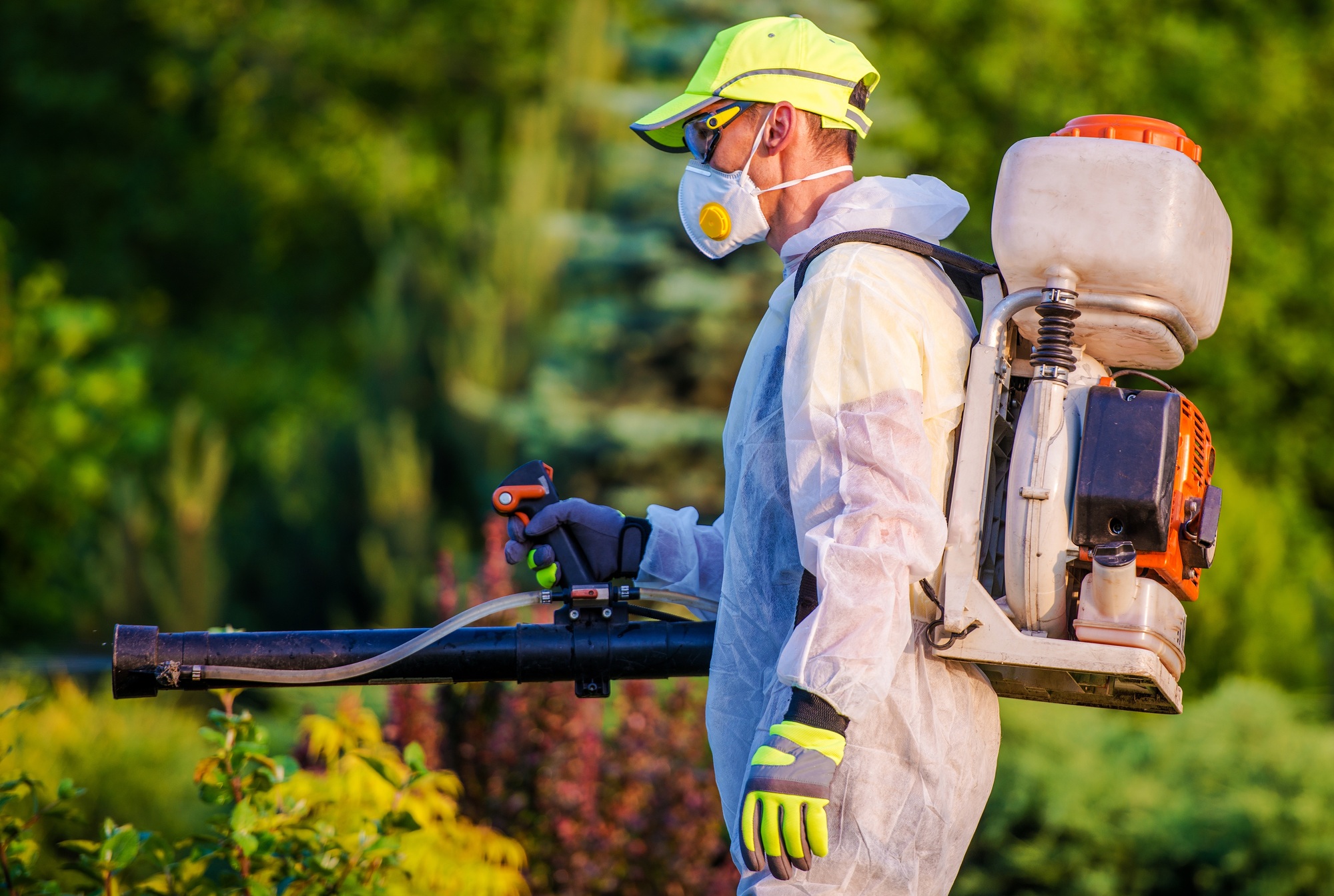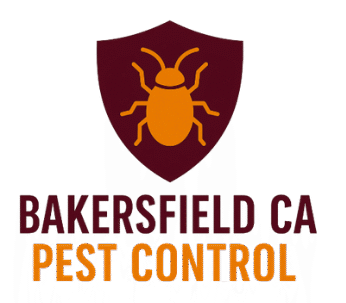Bakersfield, nestled in Kern County, California, presents a unique set of challenges when it comes to managing unwanted pests. The citys distinct climate, characterized by long, hot, dry summers and mild, short winters, creates an environment where various insects and rodents thrive year-round. This consistent warmth means that pest activity rarely ceases, unlike regions with harsh winters that naturally reduce populations. For homeowners and businesses alike, this continuous presence necessitates a proactive and consistent approach to pest management. Effective General Pest Control Bakersfield is not merely a reactive measure taken when an infestation becomes obvious, but rather an essential ongoing strategy to protect property, health, and peace of mind. Without regular interventions, common pests like ants, spiders, cockroaches, and rodents can quickly establish themselves, seeking shelter, food, and water within structures, turning a minor nuisance into a significant problem. Understanding the local pest ecology and the specific behaviors these creatures exhibit in response to Bakersfields weather patterns is critical for developing truly effective control measures. This includes knowing when certain pests are most active, where they seek harborage during extreme heat or cooler temperatures, and how they gain entry into buildings. A comprehensive strategy considers these factors to create a protective barrier around your property, minimizing the risk of infestations before they even begin. This consistent vigilance ensures that any potential pest issues are identified and addressed early, preventing them from escalating into more costly and disruptive problems down the line. It’s about maintaining a stable, pest-free environment that supports the well-being of residents and the integrity of structures throughout the dynamic seasons of the region.

Understanding Bakersfield’s Common Pests and Their Impact
The array of pests commonly found in Bakersfield can pose significant threats to both residential and commercial properties. Ants, for instance, are a ubiquitous problem, often invading kitchens and pantries in search of food, contaminating surfaces, and forming extensive colonies that are difficult to eradicate without professional intervention. Their persistent foraging trails can lead them into every corner of a building, making food preparation areas unsanitary. Spiders, while many are harmless, can create unsightly webs and some species, like the black widow and brown recluse, carry venom that poses a health risk to humans and pets. These arachnids often seek secluded, undisturbed areas within homes, such as attics, basements, and cluttered storage spaces. Cockroaches are another prevalent concern, known carriers of bacteria and allergens. They thrive in warm, humid environments, making kitchens and bathrooms prime targets. Their nocturnal habits mean infestations can grow large before they are even noticed, and their droppings and shed skins can exacerbate respiratory issues. Rodents, including mice and rats, are not only destructive, gnawing through wires, insulation, and structural elements, but they also spread diseases through their droppings, urine, and bites. They can contaminate food sources and introduce fleas or ticks into a home. Scorpions, particularly the Arizona bark scorpion, are also a concern in the desert-adjacent areas of Bakersfield, delivering painful stings that can require medical attention. Each of these pests presents unique challenges, requiring specific knowledge of their biology, habits, and vulnerabilities for effective control. Their presence can degrade property value, create an uncomfortable living or working environment, and, most importantly, compromise the health and safety of occupants. Understanding these specific threats allows for targeted strategies that address the root causes of infestations, rather than just treating the visible symptoms. This detailed knowledge forms the backbone of any successful pest management program, ensuring that the methods used are appropriate for the specific pest and its behavior patterns, leading to more sustainable and effective results.
The Professional Pest Control Process: A Systematic Approach
Professional pest control involves a systematic, multi-step process designed to effectively manage and eliminate pest infestations. It begins with a thorough inspection of the property. Trained technicians meticulously examine both the interior and exterior, looking for signs of pest activity, potential entry points, harborage areas, and conducive conditions that attract pests. This includes inspecting cracks in foundations, gaps around pipes, unsealed windows and doors, and areas with moisture issues. Following the inspection, the technician accurately identifies the specific pest species present. Correct identification is paramount, as different pests require different treatment protocols. For example, the methods used to control ants will differ significantly from those used for rodents or termites. Once identified, a customized treatment plan is developed. This plan outlines the most effective and appropriate methods, considering the type of pest, the severity of the infestation, the unique characteristics of the property, and the safety of occupants and pets. The approach often incorporates Integrated Pest Management (IPM) principles, which focus on long-term prevention through a combination of techniques. These techniques might include targeted application of professional-grade products, sealing entry points, removing food and water sources, and recommending sanitation improvements. The application phase involves precise and careful treatment, focusing on areas where pests live, breed, and travel. This might include perimeter treatments, crack and crevice applications, baiting, or trapping, all applied with an understanding of pest behavior and product efficacy. Finally, professional pest control emphasizes ongoing monitoring and follow-up. Pests are dynamic, and environmental conditions change, so regular inspections and treatments are often necessary to maintain a pest-free environment and prevent new infestations from taking hold. This systematic approach ensures that pest problems are not just temporarily suppressed but are managed effectively over the long term, providing lasting protection and peace of mind to property owners.
The Long-Term Benefits of Regular Service
Opting for regular pest control service offers a multitude of long-term benefits that extend far beyond simply eliminating visible pests. Foremost among these is enhanced health protection for occupants. Pests like cockroaches, rodents, and even some ants are known carriers of bacteria, viruses, and allergens that can trigger asthma attacks, allergic reactions, and spread serious diseases such as Salmonella, E. coli, and Hantavirus. Regular treatments significantly reduce the presence of these disease vectors, creating a healthier indoor environment and safeguarding families and employees from potential illnesses. Furthermore, ongoing pest management protects the structural integrity of your property. Termites, for example, can cause extensive and costly damage to wooden structures, often undetected until significant harm has occurred. Rodents chew through electrical wires, posing fire hazards, and can damage insulation, plumbing, and ductwork. Regular inspections can identify early signs of these destructive pests, allowing for prompt intervention before irreversible damage accumulates, thereby preserving the value and safety of your investment. Beyond the tangible benefits, regular pest control provides invaluable peace of mind. Knowing that your home or business is consistently protected from unwanted invaders alleviates stress and discomfort, allowing occupants to live and work without the constant worry of encounters with pests. This proactive approach also proves more cost-effective in the long run. Addressing small pest issues before they escalate into full-blown infestations prevents the need for more extensive, expensive, and disruptive treatments that are often required for severe problems. Consistent maintenance means fewer surprises and a more predictable, manageable expense. Its an investment in continuous protection, ensuring that your living or working space remains safe, healthy, and structurally sound against the persistent challenges posed by Bakersfields pest populations.
Local Expertise and Ongoing Prevention Strategies
Effective pest management in Bakersfield relies heavily on local expertise, understanding that pest behavior is influenced by specific regional factors. A professional pest control service with deep roots in the community possesses invaluable knowledge about the unique pest pressures prevalent in different Bakersfield neighborhoods, from the arid outskirts to the more urbanized centers. They understand how the local climate, soil conditions, and even specific agricultural practices in the surrounding areas impact pest cycles and migration patterns. For example, a hot, dry spell might drive scorpions indoors seeking moisture, while seasonal rains could lead to increased ant activity. This localized insight allows technicians to anticipate pest problems before they become severe, implementing preventative measures tailored to the specific environment. Ongoing prevention strategies are paramount for maintaining a pest-free environment. This involves more than just routine spraying; it encompasses a comprehensive approach that includes regular monitoring, identifying new potential threats, and making necessary adjustments to the treatment plan. Technicians can provide crucial advice on how homeowners and businesses can contribute to prevention, such as improving sanitation practices, sealing cracks and crevices, managing moisture, and trimming vegetation away from structures. They might recommend specific landscaping adjustments or proper waste disposal techniques that deter pests. This continuous partnership between the pest control provider and the property owner creates a robust defense system. As seasons change, or as new construction alters the local landscape, pest activity can shift. A service committed to ongoing prevention will adapt its strategies, ensuring that your property remains protected against evolving threats. This proactive, adaptive approach is the cornerstone of sustainable pest management, offering continuous vigilance and peace of mind by preventing infestations rather than just reacting to them, safeguarding your property and health through every season.
